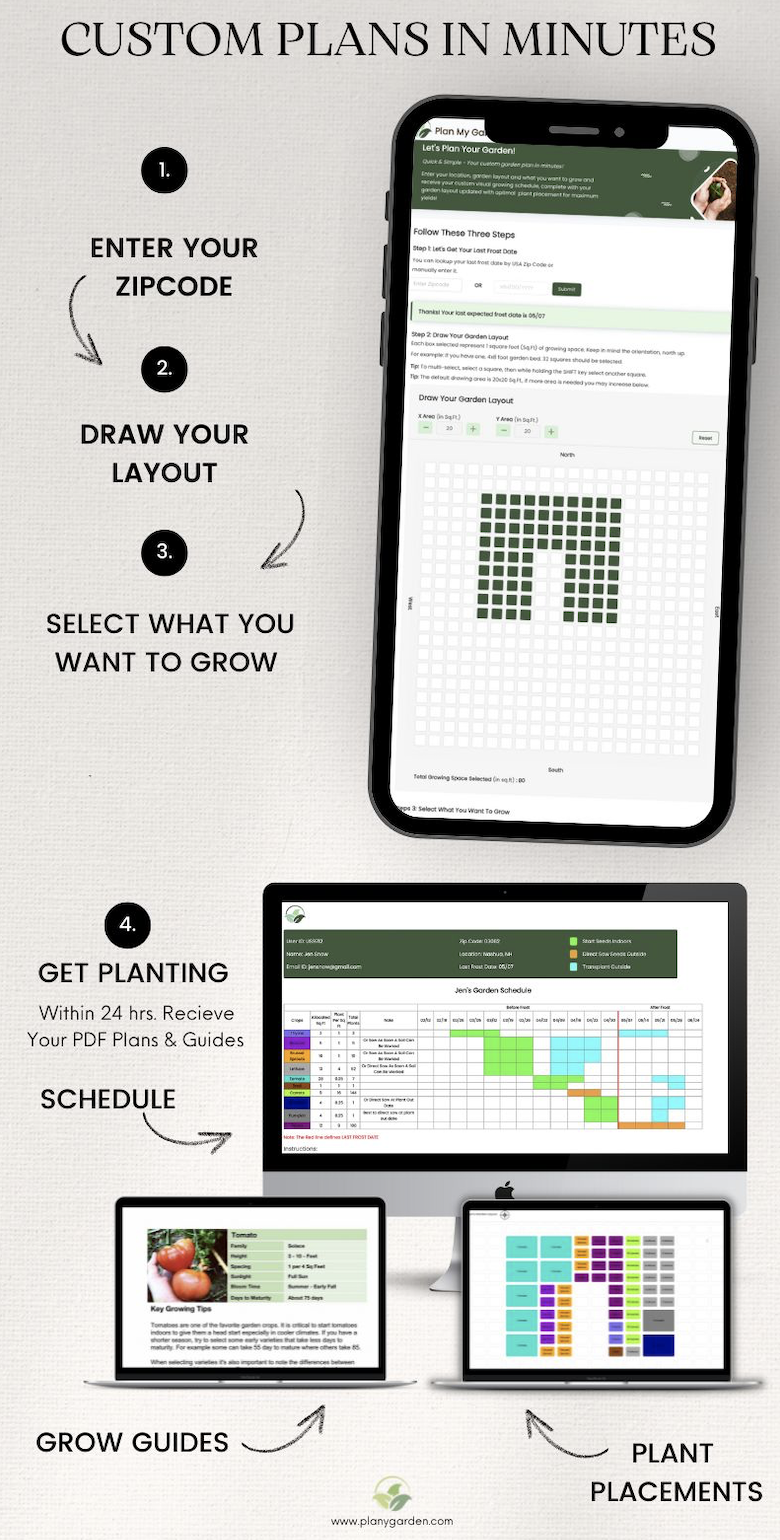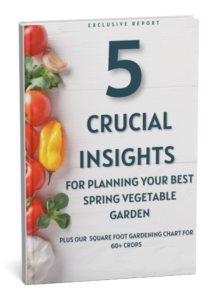Last Updated on April 17, 2024
Cold Frame for Garden Abundance: 5 Tips for Year-Round Harvests
Welcome to the world of ‘Cold frame for garden abundance: 5 Tips for Year-Round Harvests.’ In this journey, we’ll explore the wonders of cold frames for garden, your garden’s best-kept secret for year-round gardening success. These versatile structures not only shield your plants from chilly temperatures but also empower you to extend your growing season far beyond the ordinary. Whether you’re a seasoned gardening pro or just starting your green adventure, cold frames for garden are your passport to cultivating lush gardens, even amidst winter’s chill. Join us as we delve into the 5 Tips for Using a cold frame, and prepare to witness how these remarkable garden wonders can completely transform your growing experience
1. Find the Ideal Location for Your Cold Frame
Choosing the right location for your cold frame is crucial for successful gardening. Here are some key considerations:
Sunlight Exposure: Ensure your cold frame receives a minimum of six hours of sunlight daily. Plants need sunlight to grow and thrive. Select a sunny spot in your garden or yard that isn’t shaded by trees or buildings. If possible, choose a location with southern exposure to capture the most sun throughout the day.
Proximity to Water: It’s essential to have a water source nearby. Cold frames can become quite hot during the day, and plants may need regular watering, especially in warm weather. Being close to a water source makes this task more manageable.
Accessibility: Consider how easy it is to access your cold frame. You’ll need to check on your plants regularly, so make sure the location is convenient to reach. Avoid placing it in an area that’s challenging to access.
Wind Protection: Cold frames can be vulnerable to strong winds. If your garden is prone to gusty conditions, consider situating the cold frame near a windbreak, such as a fence or a row of shrubs, to shield it from strong winds.
Drainage: Ensure that the chosen location has good drainage. You don’t want water to accumulate inside the cold frame, as this can lead to root rot and other issues. If necessary, create a slight slope or add drainage channels to prevent water from pooling.
Soil Quality: Take a look at the soil in the selected area. It should be well-draining and fertile. If your soil is poor, consider amending it with compost or other organic matter to provide the best growing conditions for your plants.
2. Construct Your Cold Frame for Maximum Heat Absorption
When you’re in a colder climate, ensuring that your cold frame effectively absorbs and retains heat is paramount. Here are some strategies to enhance its heat-absorbing properties:
Choice of Materials: Consider using materials known for their heat-absorbing qualities, such as stone or brick, for building your cold frame. These materials have excellent thermal mass properties, meaning they can store heat during the day and release it slowly at night, creating a stable and warm environment for your plants.
Sunken Design: Building the cold frame into the ground is a smart approach. This technique takes advantage of the natural insulation provided by the earth, helping to maintain a stable temperature inside. It also protects your plants from cold winds and extreme temperature fluctuations.
Dark-Colored Frame: Opt for a dark-colored material or paint for the frame itself. Colors like black or dark green have a higher capacity to absorb heat from the sun. This absorbed heat is then transferred to the plants inside, keeping them cozy and thriving even on chilly days.
Thermal Mass Inside: Consider adding thermal mass elements inside your cold frame, such as large rocks or containers filled with water. These elements absorb heat during the day and release it slowly at night, creating a microclimate that’s more conducive to plant growth.
Insulating Materials: Don’t forget to insulate the cold frame at night. You can use materials like bubble wrap, row cover fabric, or even old blankets to cover the frame, providing an extra layer of insulation and heat retention.
By implementing these strategies, you’ll create an environment within your cold frame that’s well-suited for plants in colder climates. Your plants will benefit from the extra warmth, allowing them to thrive even when the temperatures drop.
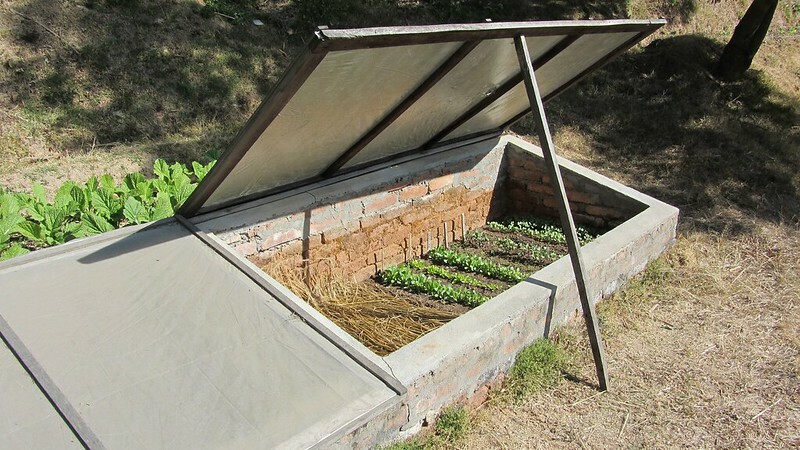
3. Ventilation is Key for a Cold Frame
Proper ventilation is a key element in maintaining an optimal environment within your cold frame. Here are some effective strategies to ensure your plants stay comfortable:
Manual Ventilation: On warm days, remember to open the lid or window of your cold frame to allow fresh air to circulate. This prevents the interior from becoming excessively hot and ensures a healthier growing environment for your plants.
Shading: If you notice that your plants are getting too much direct sunlight and heat, consider shading the cold frame. A piece of burlap or a light-colored fabric draped over the frame can provide the necessary shade. This helps regulate the temperature inside and prevents your plants from wilting due to excessive heat.
Automatic Ventilation: For a more convenient solution, consider using an automatic vent opener. These ingenious devices contain wax-filled pistons that respond to temperature changes. When the interior of the cold frame heats up, the wax expands, causing the vent opener to automatically open the lid or window. This saves you time and effort while ensuring that your plants receive the right amount of ventilation. If you’re interested, you can find cold frames with built-in auto openers, this one on amazon has great reviews and includes an auto opener.
By implementing these ventilation strategies, you’ll create a stable and comfortable environment inside your cold frame, promoting the healthy growth of your plants and reducing the risk of overheating.
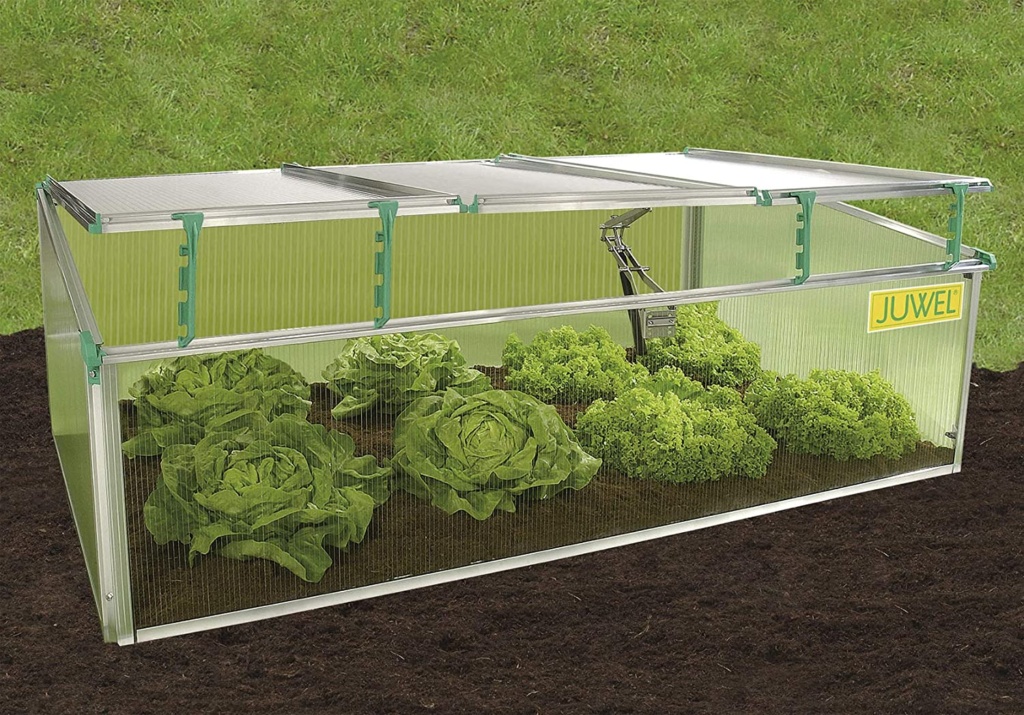
4. Proper Watering Techniques for Your Cold Frame Plants
When it comes to watering the plants in your cold frame, precision is key. Follow these guidelines to ensure your plants receive just the right amount of moisture:
Monitor Moisture Levels: Keep a close eye on the moisture levels in your cold frame. Unlike plants in a traditional garden bed, those in a cold frame require less water due to the controlled environment. Check the soil regularly by inserting your finger about an inch deep. Water only when the soil feels dry at this depth.
Avoid Over-Watering: Resist the urge to over-water your cold frame plants. Excess water can lead to root rot and other issues, especially in the restricted space of a cold frame. Waterlogged soil can harm the roots and hinder plant growth.
Water at the Base: When watering, direct the water at the base of the plants, near the root zone. This helps ensure that the roots receive the moisture they need, while also minimizing the risk of fungal diseases on leaves and stems.
Use a Watering Can or Drip System: Consider using a watering can or a drip irrigation system with adjustable flow settings. These tools allow you to deliver water precisely where it’s needed, preventing water wastage and ensuring your plants thrive.
By following these watering techniques, you’ll provide your cold frame plants with the right amount of moisture, promoting healthy growth without the risk of over-watering.
5. Bountiful Harvests from Your Cold Frame
When it comes to reaping the rewards of your cold frame, timing and strategy are key. Here’s how to maximize your harvest while ensuring a steady supply of fresh produce:
Harvest as They Mature: Keep a watchful eye on your plants and harvest them as they reach maturity. This not only ensures that you enjoy the peak flavor and quality of your crops but also opens up space for new growth. Remember, the goal is to maintain a continuous harvest.
Leave Some for Future Bounty: While harvesting, be mindful to leave a portion of your plants untouched. This allows them to keep producing and extends your harvest throughout the season. Cold-hardy plants have the remarkable ability to thrive in chilly conditions, providing you with a source of fresh veggies even during the winter months.
Regular Check-ins: Make it a habit to check your cold frame regularly. As temperatures drop and daylight hours decrease, your plants may need extra protection or insulation to keep producing. Be prepared to add additional covers or blankets to safeguard them from the cold.
Experiment with Varieties: Consider planting a variety of cold-tolerant crops in your cold frame. This diversity not only adds color and flavor to your meals but also ensures a continuous supply of fresh ingredients as different plants mature at different rates.
With these harvesting strategies, your cold frame will become a year-round source of fresh and flavorful produce, allowing you to savor the delights of your garden even during the coldest months.
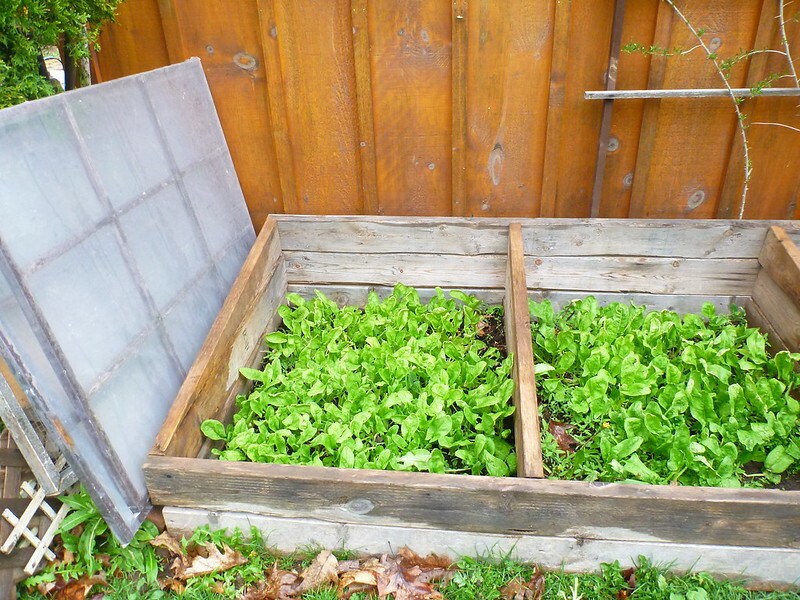
In Closing: Embrace Year-Round Gardening with Cold Frames
In conclusion, a cold frame is your gardening ally, capable of safeguarding your plants from the cold and unlocking the potential for extended growing seasons. These versatile structures are suitable for all climates and offer a straightforward means to kickstart your garden early or keep it flourishing throughout the winter.
For a continuous stream of expert gardening tips and insights, don’t miss out on our free weekly garden tip emails! Sign up here to join our community of passionate gardeners and elevate your gardening experience. Explore new horizons with your garden, and let your green thumb thrive!
Need Help Planning Your Garden?
Check out our Plan My Garden, input your location, and dimensions of your garden, and select what you want to grow and how much – we will send you printable plans that include planting schedules, grow guides, and your garden layout updated with optimal plant placement.

Common Questions About Cold Frames
A cold frame is used in gardening to create a controlled environment for plants, extending the growing season and protecting them from cold temperatures.
Materials known for their heat-absorbing properties, such as stone or brick, are recommended for constructing a cold frame. These materials help maintain a stable temperature inside.
Proper ventilation in a cold frame ensures that plants receive fresh air and helps regulate the interior temperature, creating a healthier growing environment.
Watering in a cold frame should be precise. Monitor moisture levels, avoid over-watering, water at the base of plants, and consider using a watering can or drip system.
Leaving some plants untouched allows them to continue producing, extending the harvest season, especially for cold-hardy crops.
Cold frames protect plants from cold weather, extend the growing season, and create a microclimate for year-round gardening, allowing gardeners to enjoy fresh produce even in winter.

